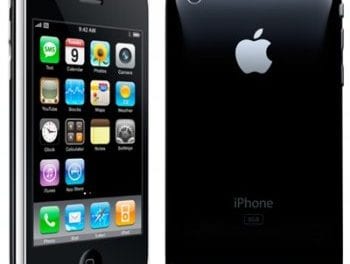Steve Moran continues his Conversations video series by sitting down with JJ Johnson, Owner and CEO of Cornell Communications.
By Pam McDonald
Steve Moran continues his Conversations video series by sitting down with JJ Johnson, Owner and CEO of Cornell Communications, one of Senior Housing Forum’s newest partners, to discuss the current state of emergency call systems.
JJ begins by noting that Cornell is about to celebrate 50 years of developing, manufacturing and delivering emergency call systems to the senior housing and long-term care industries.
New Communication Technology
When asked to identify Cornell’s unique selling propositions, JJ says, “We have a couple; one of them is new communication technology. Historically, since we’ve been in this industry for 50 years, we have provided all levels of technology to address the [needs of the] industry.
“Secondly, we have dealers in every state. We sell annually . . . to over 1,000 dealers . . . a combination of systems and parts. So we have, basically, installers and service people across the country.
“Our return rate is so low,” he says, “that last year we raised our warranty to 10 years, the longest warranty in the industry. We’re not concerned about it because we’ve always 100% inspected our products and have quality going out of the factory.”
Breaking The Mold
JJ explains that for years call systems were kind of a “same as” product; someone either pushes a button, pulls a cord, or pushes a pendant to alert caregiving staff, who then respond to the call.
He says, “We did that forever. We have UL listed products, which keep us at the top of quality in the industry but since we were selling through [the] construction [industry], customers really didn’t know Cornell designed and manufactured the system.
“Now what we’ve done,” he continues, ”we’ve partnered with a software company in Oregon that developed a call system software package. So now we’re one of about 3 to 4 companies that offers this handheld call monitoring and staff communications solution for nurse calls.
“So I would say that the biggest selling proposition is that we have the latest and greatest technology to keep track of and make sure the residents are responded to in a quick manner while also monitoring the efficiency of the care staff.”
A common complaint about emergency calls, he states is, “Why are the bells not being answered? It seems like the bells and the lights keep flashing . . . ” He points out that staff never had a tool that enabled them to know what their fellow staff was doing and whether they were free to handle an emergency call.
Introducing “inform“
When a caregiver responds to an emergency call, Cornell’s new, software-laden, touch-screen inform handset shows colleagues who is handling the call. At the same time, when a resident emergency call comes in, staff instantly knows who is available to handle it.
JJ says, “The nicest thing about [inform], which I didn’t know, I’m not a technology wizard, is when you do have a difficult situation . . . [the handset] actually is a communication tool. With the flick of a finger, you can text or . . . call as a two-way radio the next floor, the floor below you or the whole building.”
While Cornell is currently using iPhone technology for inform, they have an Android version in development. JJ says, “That doesn’t seem to be a detriment to the industry because it’s not like you have to convert your whole platform to iPhones or Apple systems because . . . [inform] runs on a Microsoft platform.”
View the entire conversation in the video below:
To learn more about the products and services available from Cornell Communication, call (800) 558-8957 and visit their website at:
Click on the button below to download a PDF copy of this article:
Cornell Communications offers state-of-the-art, reliable emergency call and communications systems to providers of senior living and long-term care. It has completed over 20,000 installations in skilled nursing facilities; independent, assisted living, and memory care communities; and medical outpatient centers or clinics in every state in America. It has the largest service network in the industry. Its systems are intuitive and easy to use – for both residents and staff – and enable staff to react quickly in time-sensitive situations, as well as continue improving their response times.









